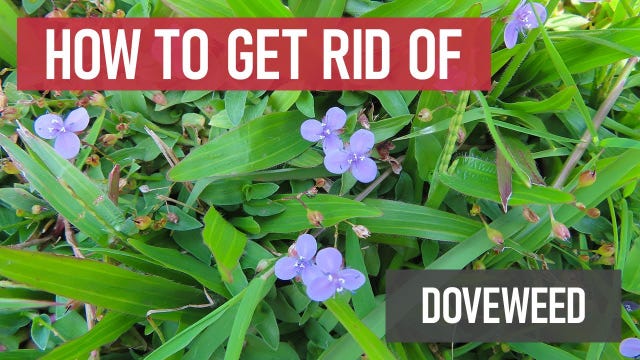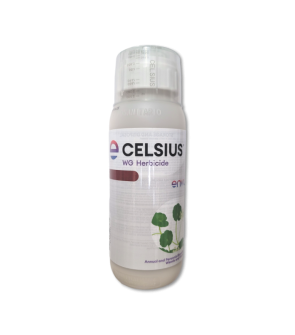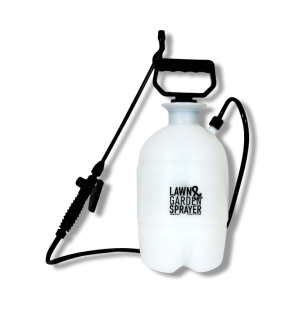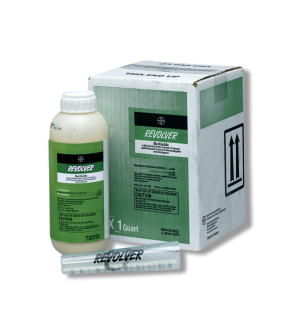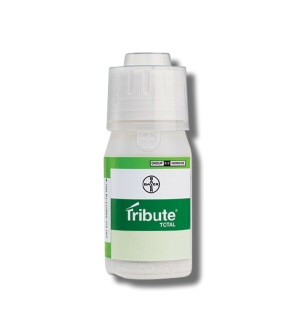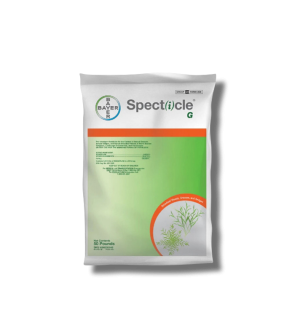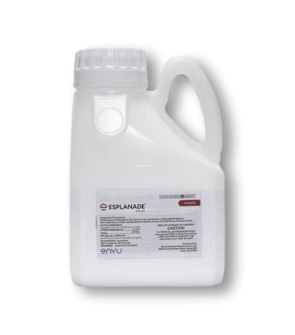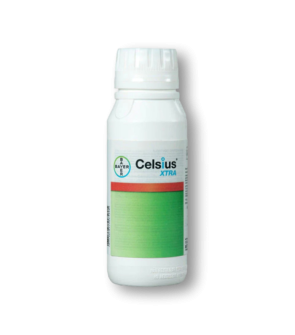Gain access to personalized product screening, the best pricing, rewards, and more!
Most Effective Products
Doveweed Control: How To Get Rid of Doveweed
This page is a general DIY guide for controlling doveweed. Using the suggested products and methods, you can control dove weed. Follow this DIY article and use the recommended products; we guarantee 100% control of doveweed.
Doveweed is a summer annual weed species that usually germinate later in the growing season than usual compared to other annual weeds, becoming a problem late in the summer.
This weed is believed to have originated in the Southeastern United States but has been rapidly expanding to other areas. The light green color and texture of doveweed have been a source of frustration for lawn owners because they differ greatly from the color and texture of desired turfgrasses.
Doveweed reproduces by seeds and stolons and grows quickly under moist conditions. The plants form dense, pure stands that smother and outcompete other vegetation. Doveweed also likes to reside in areas of moisture, so its presence in your yard is a dead giveaway that you have soil moisture problems.
Our DIY doveweed treatment guide covers everything you need to know about this plant and what herbicides work best to get rid of it. Follow the step-by-step instructions below, using the recommended herbicides to the right, and you will be guaranteed a lawn free of dove weed.
Identification
Before you can proceed with a treatment program, you need to be certain that the weed you are dealing with is doveweed. Misidentification can lead to using the wrong treatment methods, costing you time and money. Here is a description of what doveweed looks like so you can easily identify it:

- Doveweed plants can be confused with St. Augustinegrass and centipedegrass due to their grassy appearance and similar leaf width. To differentiate between them, doveweed grass leaves are thick and can be up to 4 inches long with soft hairs on the sheaths, rubbery texture, and parallel veins. This weed will also produce small white or lavender-colored flowers during the summer, each with three small petals.
- This prostrate weed grows low to the ground in small mats and takes advantage of any gaps in turf with its creeping stems, also called stolons, that will branch horizontally.
- After flowering, smooth-appearing capsule-shaped seeds will appear. They will be green or gray in color and measure 3/16 inches in diameter.
- Doveweed gives off a harsh, unpleasant smell when trampled or crushed.
Use the image and description above to help you properly identify doveweed. If you are not entirely sure, contact us, and we will assist you with correct identification.
Inspection
Once you have properly identified doveweed on your property, you should carry out an inspection. During this phase, you will locate the areas where dove weed is concentrated and what conducive conditions are helping the weed thrive.

Where to Inspect
Doveweed thrives in areas that are low to the ground and collect water, such as lawns, landscape beds, container nurseries, and agricultural fields.
Other common sites where doveweed appears are lawns consisting of one turf type or a mix of St. Augustine, Bermuda, hybrid Bermuda, and Zoysiagrass.
What To Look For
As a summer annual weed, doveweed usually germinates in late spring when soil temperatures reach 65 to 70 degrees Fahrenheit. It produces flowers during the summer.
They will appear more visibly from late spring to early summer, spreading rapidly above-ground with its fleshy, creeping stems.
Treatment
Before you start the treatment, protect your eyes, skin, mouth, and nose by wearing protective equipment (gloves, protective eyewear, safety mask, etc.) any time you use herbicide chemicals.
A selective post-emergent herbicide containing sulfentrazone, metsulfuron-methyl, 2,4-D, dicamba, or atrazine as its active ingredients would be best for removing doveweed.
Since doveweed is more commonly seen on warm-season lawns, we recommend you use Celsius WG Herbicide. This product offers broad-spectrum control of broad-leaf and grassy weeds on many warm-season grasses.
Step 1: Mix and Apply Celsius WG Herbicide

Determine how much Celsius WG Herbicide to use by measuring the square footage of the treatment area. Measure the length and width of the treatment area in feet, then multiply them together (length X width = square footage).
For spot applications, use 0.113 oz (3.2 g) of Celsius WG Herbicide per 1 gallon of water per 1,000 sq. ft.
Mix and apply this product with a handheld pump sprayer or backpack sprayer.
Once mixed, spot treat your lawn where the doveweed is concentrated. We suggest spraying with a fan spray nozzle setting to get a nice, fine, and even coating on the dove weed.
Do not use on bahiagrass or cool-season turf types, including tall fescue, fine fescue, Kentucky bluegrass, perennial ryegrass, or creeping bentgrass.
A second application may be needed when 2 to 4 weeks have passed from first application for complete weed control.
Prevention
Once doveweed has been eliminated from your property, you will need to implement preventative measures to ensure that it does not return.
- Pre-emergent herbicides, such as Specticle G Pre-Emergent Herbicide, are the best way to prevent doveweed from returning to your property. Specticle G Pre-Emergent Herbicide is a selective, granular pre-emergent that prevents weeds from developing in residential and commercial warm-seasoned lawns. Use 2.9 - 4.6 lbs. of product per 1,000 sq. ft. Spread the granules evenly across the treatment area with a push or broadcast spreader. To activate this product, irrigate lightly after application to move the herbicide into the soil.
- Address any piles of water or saturated soils by evening the landscape and aerating the ground to improve drainage.
- Adjust irrigation practices to no more than 1 inch once per week, preferably in the early mornings, so the plant has enough time to absorb moisture.
- Mow your grass at proper intervals to maintain a thick growing density. A lawn dense with taller trimmed grass can better choke out weeds and prevent them from establishing. Reduce the shade cast on your lawn by trimming overgrown shrubbery and tree branches, raking away leaf litter, and picking up any debris.
Key Takeaways
What is Doveweed?
- Doveweed is a frustrating grassy weed that thrives in moist conditions and can be tough to control without chemical herbicides.
How to Get rid of Doveweed
- We recommend using Celsius WG Herbicide to kill doveweed. It will likely take numerous applications to get complete control over this stubborn weed.
Preventing Doveweed Reemergence
- Preventative measures for doveweed can include applying Specticle G Pre-Emergent Herbicide and ensuring your yard has a strong, nutrient-rich stand of grass. Be sure also to address any drainage issues to clear out excess moisture.






